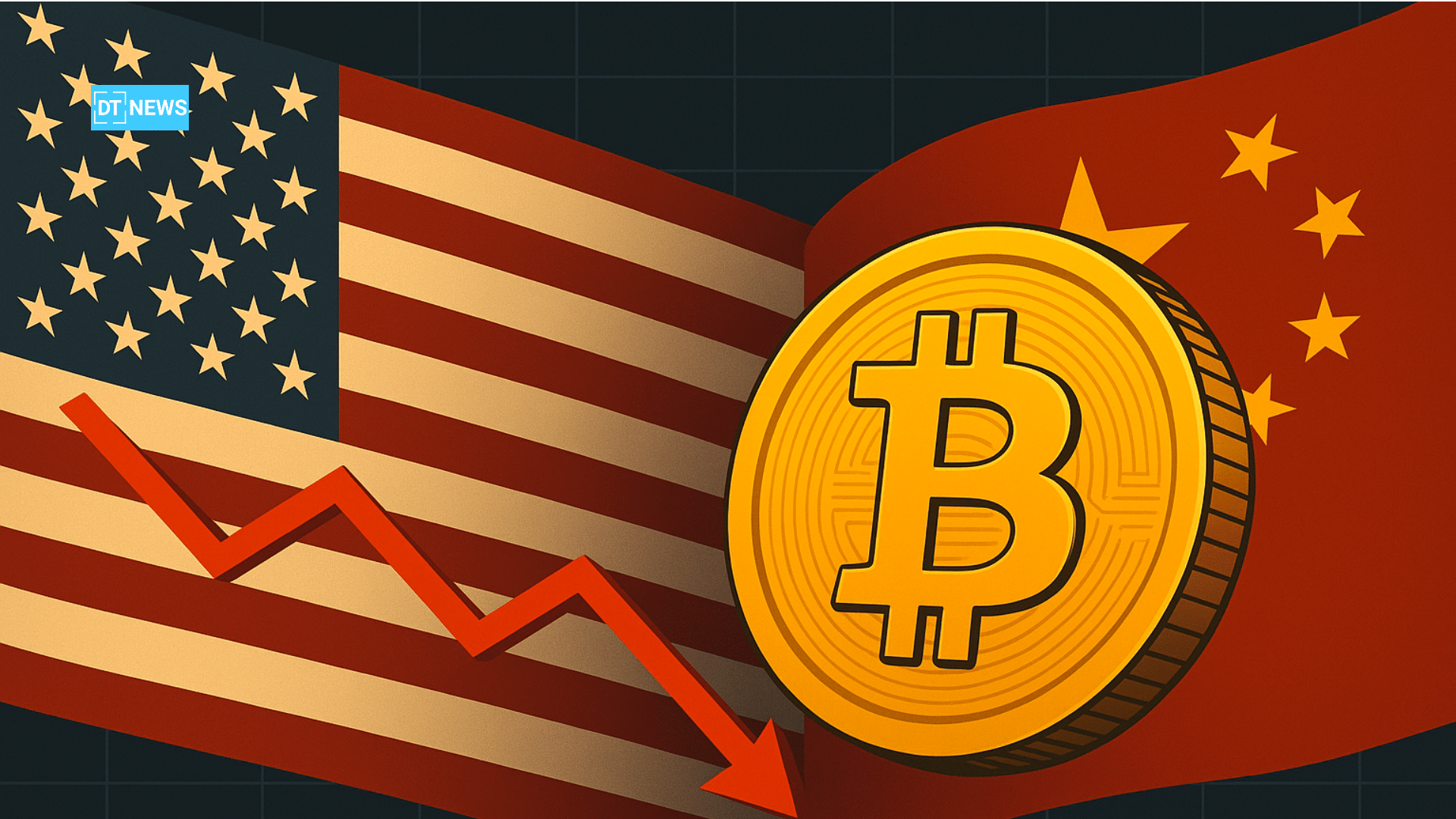U.S. and Chinese officials concluded trade negotiations in Geneva, igniting optimism across global markets. The talks, described as “substantially progressive,” centered on lowering tariffs and improving economic collaboration between the world’s two largest economies. While U.S. stock futures soared, the crypto market retreated, revealing a stark contrast in investor sentiment.
- Stock Futures Jump as Trade Optimism Builds
- Crypto Prices Dip Despite Macro Progress
- A Mixed Bag for Global Markets
- Why Crypto Investors Remain Cautious
- Conclusion: Stocks and Crypto Move to Different Rhythms
- Frequently Asked Questions (FAQs)
- What caused the U.S. stock market to rally?
- Why did crypto prices drop after the trade news?
- Which cryptocurrencies were most affected?
- Is this trade deal final?
- Glossary of Key Terms
Stock Futures Jump as Trade Optimism Builds
The White House released a statement praising the talks as “a meaningful step toward fair trade and economic stabilization.” U.S. Treasury Secretary Scott Bessent and Chinese Vice Premier He Lifeng jointly announced a 90-day plan to roll back tariffs gradually. Under the deal, U.S. tariffs on Chinese goods will drop from 145% to 30%, while China will reduce its tariffs on American imports from 125% to 10%.
This news sent a strong bullish signal across equity markets. S&P 500 futures rose 1.4%, while Nasdaq futures surged 1.9%. Analysts interpret this as a relief rally following months of strained trade relations and macroeconomic uncertainty.
“Investors were desperate for some clarity and progress, this is the first real breakthrough in over a year,” said Samantha Lin, an equity strategist at Vanguard Global Advisors.
Crypto Prices Dip Despite Macro Progress
Contrary to the stock rally, the cryptocurrency market saw a moderate pullback. Major altcoins, including Solana (SOL), Dogecoin (DOGE), and XRP, each fell between 3% and 5%. Bitcoin (BTC) remained stable above $61,000 but lacked the upward momentum expected from broader macro optimism.
Market participants attribute the crypto drop to uncertainty surrounding the specifics of the trade deal.
“Crypto investors prefer clarity,” said Marcus Chen, an analyst at CryptoMetrics. “When there’s news without fine print, the market tends to pull back. It’s not bearish, it’s cautious.”
Notably, the lack of direct digital asset references in the trade deal left traders unimpressed, with some interpreting it as a missed opportunity for broader blockchain cooperation.
A Mixed Bag for Global Markets
Beyond U.S. equities and crypto, global assets responded positively. Gold prices slipped slightly, signaling risk-on appetite among institutional investors. Oil futures rose 0.8% on expectations of increased industrial activity, while the U.S. Dollar Index remained steady.
Asia-Pacific markets followed suit, with Japan’s Nikkei 225 and Hong Kong’s Hang Seng Index gaining 1.2% and 1.5%, respectively.
Meanwhile, European markets opened cautiously, reflecting tempered optimism amid questions over whether the agreement will be fully implemented or stall like previous rounds.

Why Crypto Investors Remain Cautious
Despite the broader optimism, the crypto market is exercising restraint. The reasons include:
Lack of regulatory clarity: The deal did not include crypto-specific language, disappointing expectations of cross-border blockchain policy.
Speculative cooldown: Following a strong Q1 rally, digital assets are experiencing healthy consolidation.
Risk rotation: As stock markets gain, some traders are reallocating from riskier altcoins to traditional equities.
Still, the long-term outlook remains positive, especially if future trade rounds include digital asset provisions or promote fintech collaboration.
Conclusion: Stocks and Crypto Move to Different Rhythms
The outcome of the U.S.-China trade talks has provided a bullish spark to global equity markets. However, crypto, being speculative and sensitive to regulatory nuances, responded more cautiously. As the 90-day tariff rollback progresses, investors will closely monitor upcoming disclosures and future talks for hints of digital asset policy integration.
While equity markets celebrate a diplomatic win, crypto traders are looking beyond the headlines, waiting for precision and digital-forward commitments before joining the rally.
Frequently Asked Questions (FAQs)
What caused the U.S. stock market to rally?
Positive trade developments between the U.S. and China, including a 90-day plan to reduce tariffs, spurred investor confidence, leading to a rally in futures.
Why did crypto prices drop after the trade news?
Despite macro optimism, crypto markets pulled back due to the absence of clear digital asset policies or regulations in the trade agreement.
Which cryptocurrencies were most affected?
Solana (SOL), Dogecoin (DOGE), and XRP were among the biggest decliners, each losing around 3%–5% following the announcement.
Is this trade deal final?
No. While progress was made, the full details have yet to be released. Future negotiations and implementation will determine its lasting impact.
Glossary of Key Terms
Tariff – A tax imposed by a government on imported or exported goods.
Stock Futures – Contracts that allow investors to speculate on the future value of stock indices like the S&P 500 or Nasdaq.
Altcoin – Any cryptocurrency that is not Bitcoin, such as Ethereum, Solana, or Dogecoin.
Risk-on Appetite – A market condition in which investors are willing to take on more risk, typically favoring stocks or cryptocurrencies.
Regulatory Clarity – The extent to which crypto asset laws and rules are clearly defined and enforced.




















































































































